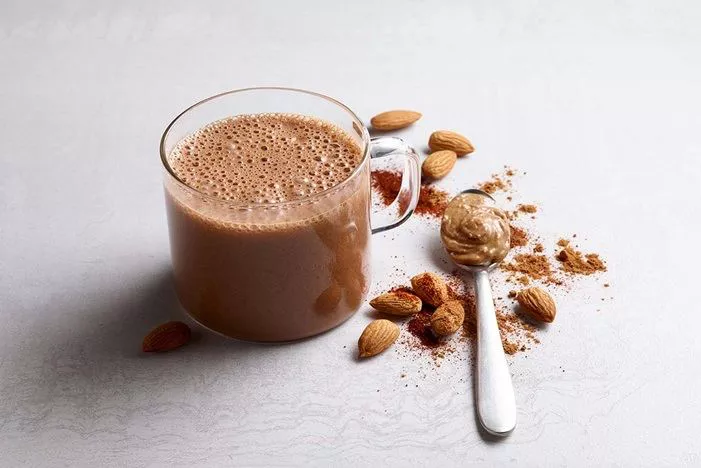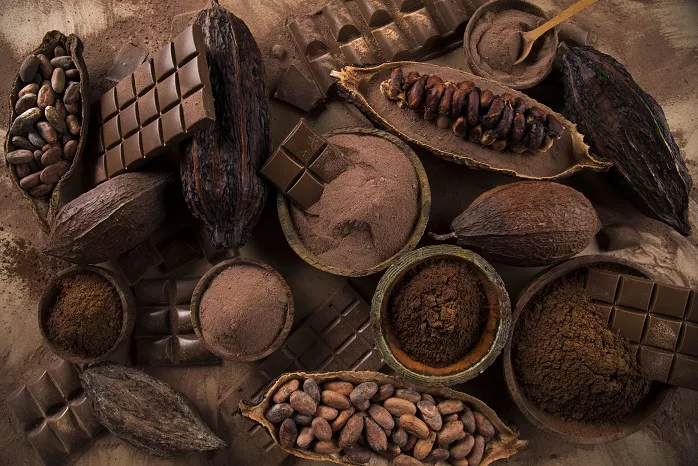Muffins, those delightful, versatile baked treats, have secured a permanent place in the hearts of food enthusiasts worldwide. Whether enjoyed for breakfast, as a snack or as a sweet indulgence, muffins cater to a diverse range of taste preferences. In this comprehensive guide, we’ll explore the fascinating world of muffins, from their origins to various types, baking techniques, and creative flavor combinations. Let’s embark on a muffin-filled journey, where the keyword “muffins” will guide us through every paragraph.
A Brief History of Muffins:
To truly appreciate the allure of muffins, it’s essential to explore their historical roots. The term “muffin” can be traced back to early 18th-century England. Initially, these baked goods were more akin to what we now refer to as English muffins – yeast-leavened, griddle-cooked, and often enjoyed with butter and jam. The transformation into the sweet, cupcake-like muffins we know today occurred in the United States during the 19th century. As baking powder became more readily available, muffins evolved into quick bread, leavened with baking soda or baking powder, creating the moist and tender texture that has become synonymous with modern muffins.
Basic Muffin Ingredients and Baking Techniques:
Muffin recipes typically share a common set of basic ingredients: flour, sugar, baking powder, eggs, milk, and fat (usually butter or oil). The key to a perfect muffin lies in the balance and proper incorporation of these ingredients. The dry ingredients, including flour, sugar, and leavening agents, are combined in one bowl, while the wet ingredients – eggs, milk, and melted butter or oil – are mixed separately. The wet ingredients are then gently folded into the dry mixture until just combined. Overmixing can lead to dense and tough muffins, so a light hand is crucial for achieving that sought-after tender crumb.
Types of Muffins:
Muffins come in a diverse array of types, each with its own distinct characteristics and flavor profiles. One of the most iconic varieties is the blueberry muffin, featuring juicy blueberries scattered throughout a vanilla-flavored batter. Bran muffins, often hailed for their fiber content, incorporate bran cereal for a hearty and wholesome texture. Chocolate chip muffins cater to those with a sweet tooth, while savory options like cheese and herb muffins provide a delightful twist for those seeking a more savory experience. Additionally, nut-filled muffins, such as walnut or pecan muffins, add a satisfying crunch to the soft texture of the batter.
Baking Tips for Perfect Muffins:
Achieving the perfect muffin requires attention to detail and a few tried-and-true baking tips. First and foremost, ensure that all ingredients are at room temperature, as this promotes even mixing and better incorporation of the leavening agents. Preheating the oven is crucial for the initial rise of the muffins, creating that sought-after domed top. Avoid overmixing the batter; a few lumps are acceptable, and overmixing can lead to tough muffins. Use paper liners or grease the muffin tin to prevent sticking, and always fill the muffin cups to about two-thirds full to allow for proper expansion during baking.
Creative Flavor Combinations:
While classic muffin flavors like blueberry and chocolate chip remain timeless favorites, the world of muffins is a canvas for culinary creativity. Experimenting with unique flavor combinations can elevate the humble muffin to a gourmet delight. Consider adding citrus zest, such as lemon or orange, to infuse a burst of freshness. Incorporate spices like cinnamon, nutmeg, or cardamom for a warm and aromatic touch. For a tropical twist, add shredded coconut or diced pineapple to the batter. The possibilities are endless, allowing bakers to tailor muffins to their taste preferences and seasonal inspirations.
Healthy Muffin Alternatives:
For those conscious of their dietary choices, there are numerous ways to create healthier versions of traditional muffin recipes. Whole-grain flour, such as whole wheat or oat flour, can replace refined white flour, adding fiber and nutrients. Natural sweeteners like honey or maple syrup can be used in place of granulated sugar, reducing overall sugar content. Incorporating fruits, vegetables, or nuts not only enhances flavor but also contributes to the nutritional profile. Greek yogurt or applesauce can substitute for some or all of the butter or oil, reducing fat content while maintaining moisture.
Muffins Around the World:
As muffins have evolved, they have made their way into various culinary traditions around the world, adapting to local tastes and ingredients. In Australia, the beloved “Pikelet” is a type of muffin often served with jam and cream. In South Africa, “Mieliepap Muffins” incorporate maize meal for a uniquely textured muffin. The Middle Eastern “Ma’amoul” muffin is filled with dates or nuts, creating a delightful contrast of textures. Exploring muffin variations globally offers a glimpse into the diverse ways cultures have embraced and adapted this beloved baked treat.
Muffins as a Versatile Culinary Canvas:
Beyond their traditional roles as breakfast or snack options, muffins serve as a versatile canvas for culinary experimentation. Savory muffins, filled with ingredients like cheese, herbs, and vegetables, make for a delightful accompaniment to soups and salads. Muffin batter can also be used as a base for creative desserts, such as muffin tin cheesecakes or filled muffins with fruit compote. The adaptability of muffin recipes invites innovation in the kitchen, allowing both amateur and experienced bakers to explore new horizons.
Muffins for Special Dietary Needs:
In recent years, the culinary world has seen a surge in awareness and accommodation for various dietary needs. Muffins, being versatile baked goods, can be adapted to cater to specific dietary requirements. Gluten-free muffins, using alternative flours like almond flour or gluten-free baking mixes, offer a solution for those with gluten sensitivities. Vegan muffins replace eggs and dairy with plant-based alternatives like flax eggs and non-dairy milk, accommodating those following a vegan lifestyle. These adaptations ensure that muffins can be enjoyed by a broad spectrum of individuals, irrespective of dietary restrictions.
The Joy of Homemade Muffins:
While store-bought muffins offer convenience, there is a unique joy in baking homemade muffins. The process itself, from assembling the ingredients to watching the batter rise and the delightful aroma that fills the kitchen, adds an extra layer of satisfaction. Bakers have the freedom to customize recipes to suit their preferences, control ingredient quality, and share the fruits of their labor with family and friends. Homemade muffins create a sense of warmth and connection, making them not just a baked good but a gesture of love and creativity.
Conclusion:
In conclusion, muffins are far more than just a baked treat; they are a culinary canvas that spans centuries and continents. From their humble beginnings in England to the diverse adaptations worldwide, muffins have become a beloved and versatile addition to the world of baking. With countless flavors, variations, and creative possibilities, muffins continue to capture the hearts and palates of food enthusiasts, offering a delightful and accessible experience for bakers of all levels. So, whether you’re savoring a classic blueberry muffin or experimenting with unique flavor combinations, the world of muffins is a delicious journey waiting to be explored.


























